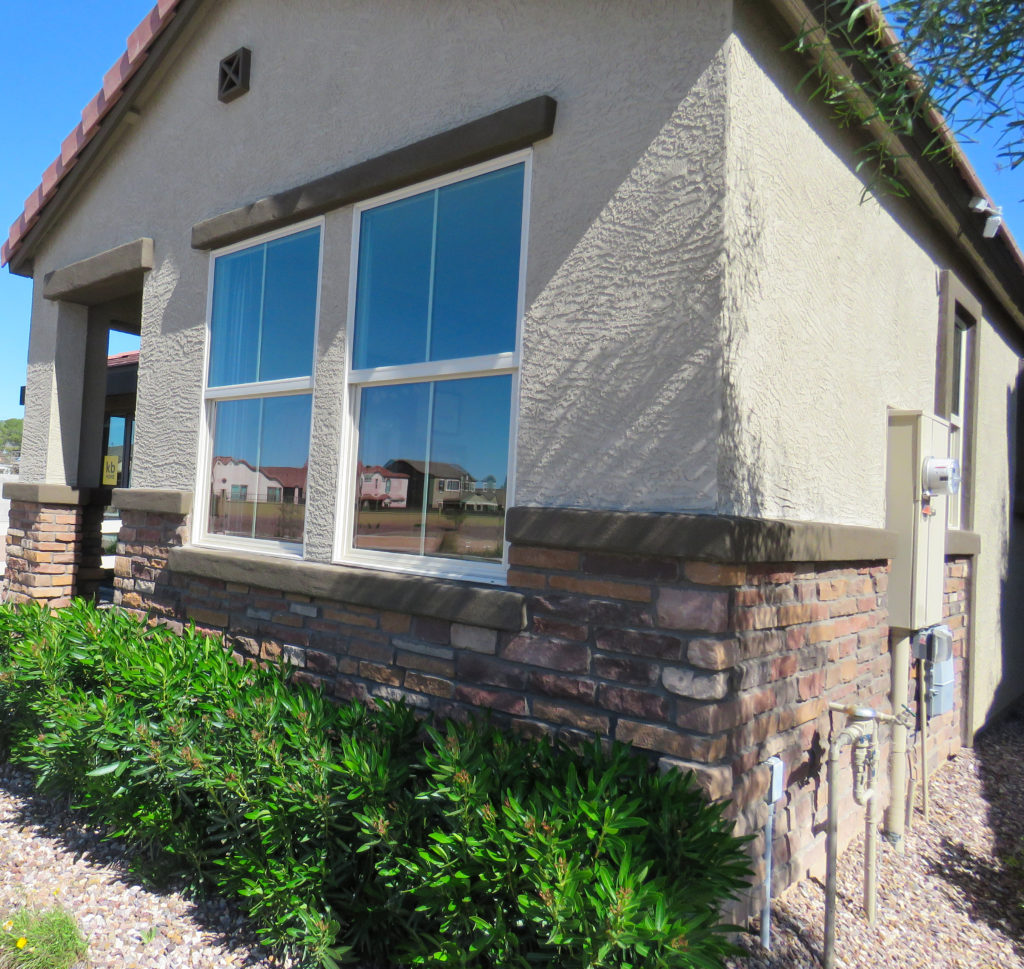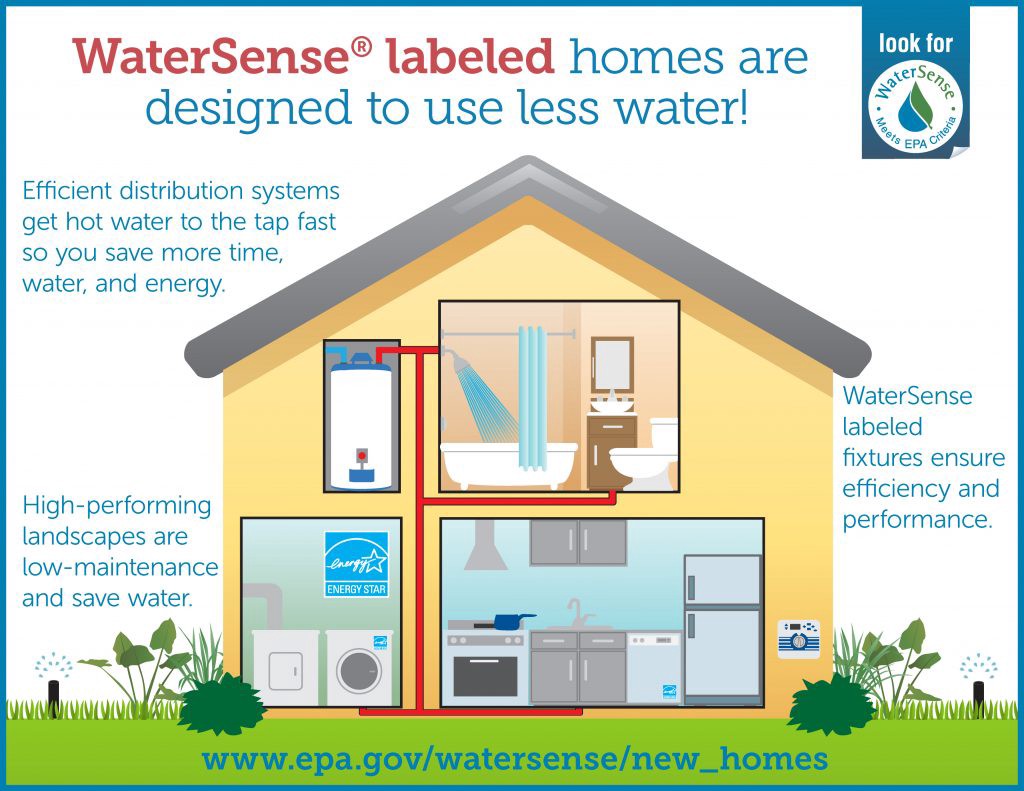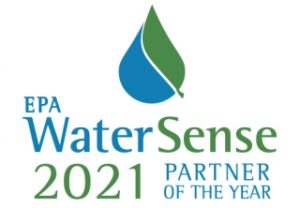We all know that water is an important resource, and Arizonans may understand that better than those in other parts of the country. In an area such as Central Arizona, saving water not only saves money and energy, but it also helps to ensure that communities will be able to grow and thrive for the next generation. WaterSense® is here to help. A voluntary partnership program sponsored by the U.S. Environmental Protection Agency (EPA), WaterSense makes it easy to save water and protect it for future generations.
What Is WaterSense?
WaterSense is both a label for water-efficient products and a resource to help you save water. You’ve probably seen the WaterSense label at your local home improvement store when you’ve shopped for indoor products like toilets and showerheads or outdoor products such as irrigation controllers and spray sprinkler bodies. The WaterSense label stands for both high performance and water savings—looking for the label makes it simple to find water-efficient products that are independently certified to meet EPA’s criteria for efficiency and performance. There are thousands of models of WaterSense labeled products from which to select. And because they’re available in a wide variety of styles and price points, there’s no need to compromise!
WaterSense Labeled Homes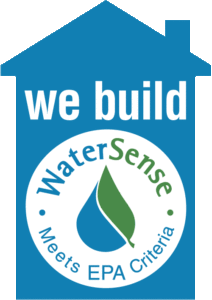
But what about the largest purchase most of us will ever make? That’s right, WaterSense even has a label for the homes we live in and where we consume much of the water we use every day. WaterSense labeled homes offer the same savings and peace of mind that consumers have come to expect from WaterSense labeled products.
WaterSense labeled homes are certified by Home Certification Organizations (HCOs), independent organizations that partner with EPA and oversee thousands of verifiers. The verifiers ensure that each WaterSense labeled home has WaterSense labeled plumbing products certified to perform well, passes a leak detection and prevention test, and uses at least 30 percent less water than a typical new home. Just like WaterSense labeled products, a WaterSense labeled home will save water while meeting homeowner expectations.
WaterSense launched its labeled homes program in 2009 and updated it in 2021. EPA designed the changes to allow additional builders to participate in the program and offer them more design flexibility to meet WaterSense’s water efficiency requirements. This gives builders the ability to choose the most cost-effective solutions for a specific home. That’s important, because a home is more than just its four walls or a collection of products, it’s an interconnected system. The design of the home plumbing, the planning of the home site, and the intended water uses all impact the overall performance and water savings for a home. It is extremely important to understand how to build a home as efficiently as possible up front, because it can be difficult or impossible to make changes once construction begins.
For homebuyers, the updated program means you’ll have an easier time finding a WaterSense builder in your area, and those homes will save more water than a non-labeled WaterSense home! A list of builders participating in the WaterSense program is available on the program website to help you find a WaterSense builder in your area.
What Can Existing Homeowners Do?
Not in the market for a new home? Don’t worry, WaterSense has plenty of resources for you, too! We can help you find and fix leaks in and around your house, create a better bathroom, or carry out a sprinkler spruce-up.
One of the easiest ways existing homeowners can save water is by installing WaterSense labeled plumbing and irrigation products. Because they are certified for both water efficiency and performance, you’ll know you’re getting peace of mind with a WaterSense labeled product.
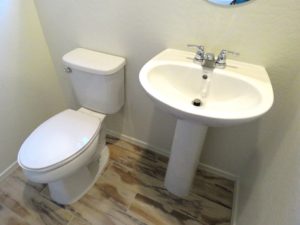
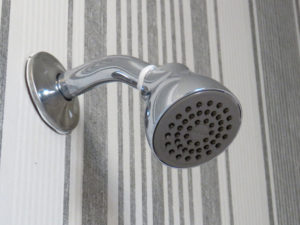
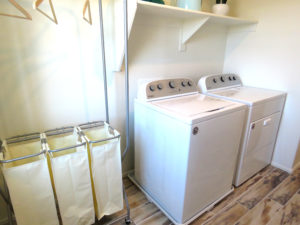
Look for the WaterSense label when installing toilets, bathroom faucets, and showerheads. Save water with clothes or dishwashers by looking for the ENERGY STAR label.
Another great option for homeowners looking to improve their outdoor water use is to hire a certified irrigation professional. These individuals have been trained and certified by a WaterSense labeled program and can ensure your irrigation system runs as water efficiently as possible!
Homeowners can also save water with clothes washers or dishwashers that have earned the ENERGY STAR® label. ENERGY STAR labeled products are certified to save energy by reducing the amount of hot water needed to clean clothes or dishes. And when you use full loads, these products save even more water and energy!
Central Arizona Home Builders Win National Recognition for Water Efficiency
The U.S. Environmental Protection Agency provides awards each year to partners who go above and beyond with their WaterSense partnership and water-saving efforts. On October 7, at the WaterSmart Innovations Conference in Las Vegas, two Central Arizona Home Builders were recognized.
Fulton Homes: Fulton Homes won its second WaterSense Builder Partner of the Year Award in 2021. Fulton Homes is committed to building homes that meet WaterSense specifications, and more than 300 of their homes earned the WaterSense label in 2020.
KB Home: For the seventh year in a row, builder partner KB Home has earned a WaterSense Sustained Excellence Award. KB Home installs WaterSense labeled plumbing fixtures in all of their homes. They provide homebuyers with information on WaterSense throughout each step of the sales process.
Learn more about all of this year’s winners by visiting the WaterSense website.
KB Home Hosted a Live Demonstration of RESNET’s Water Efficiency Rating
In February of 2020, KB Homes at Allred Ranch in Mesa, AZ, hosted a RESNET (Residential Energy Services Network) Conference tour. The purpose was to provide a live demonstration of a Whole-House Water Efficiency Rating Demonstration, featuring a newly developed water efficiency rating system, HERSH2O. The rating system considers all interior and exterior water consumption. The result of the rating is an index score from zero through 100, where a lower score means less water consumption. RESNET is just one source of Home Certification Organizations (HCOs), independent organizations that partner with EPA, to provide the analysis and verification of a WaterSense Home.
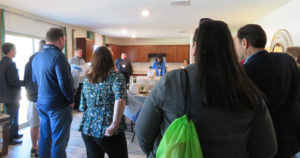
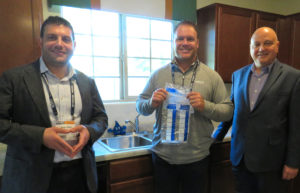
Indoors, water audit techniques were demonstrated as well as verification methods for the WaterSense labelled fixtures for RESNET attendees.
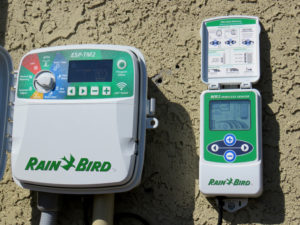
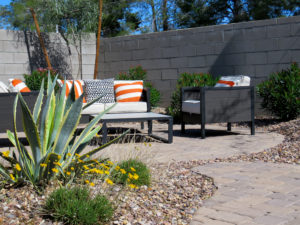
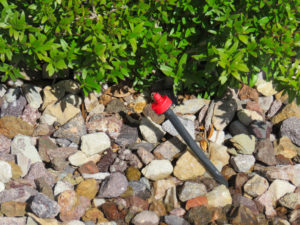
Outdoors, participants learned how a weather-based controller, a low-water-use Xeriscape landscape, permeable pavers, and drip irrigation all provided home savings.
Summary:
KB Home and Fulton Homes are two of the builders currently building water-efficient homes in Arizona. WaterSense labeled homes perform well and save at least 30 percent more water than typical new construction. Arizonans can look for WaterSense labeled homes and save money on water and energy.
We’re for Water: To find out more about WaterSense labeled products, labeled homes, and what you can do to save water, visit epa.gov/watersense. We also have kids’ activities to get your younger ones savvy on ways to save water around the home. Don’t forget to follow us on Twitter and Facebook —@EPAWaterSense – for great water-saving tips throughout the year.
Other articles on this topic on Water – Use It Wisely:
- Make Saving Water a No-Brainer – It Just Makes WaterSense!
- Remodel Your Bathroom with Water Savings in Mind
 Jonah Schein is the National Program Manager for Homes & Buildings at the U.S. Environmental Protection Agency’s (EPA) WaterSense® Program. He has overseen the technical development and implementation of the WaterSense labeled homes program since its inception. He has overseen numerous efforts to better understand and influence water use in the field. In addition to the WaterSense labeled homes program, these have included the EPA Water Score for multifamily properties as well as several standards, research reports, and papers focused on modelling, quantifying, and understanding water use. Mr. Schein holds Bachelor of Arts and Bachelor of Science degrees from Indiana University as well as a Master of Science in Environmental Science from the Johns Hopkins University.
Jonah Schein is the National Program Manager for Homes & Buildings at the U.S. Environmental Protection Agency’s (EPA) WaterSense® Program. He has overseen the technical development and implementation of the WaterSense labeled homes program since its inception. He has overseen numerous efforts to better understand and influence water use in the field. In addition to the WaterSense labeled homes program, these have included the EPA Water Score for multifamily properties as well as several standards, research reports, and papers focused on modelling, quantifying, and understanding water use. Mr. Schein holds Bachelor of Arts and Bachelor of Science degrees from Indiana University as well as a Master of Science in Environmental Science from the Johns Hopkins University.


